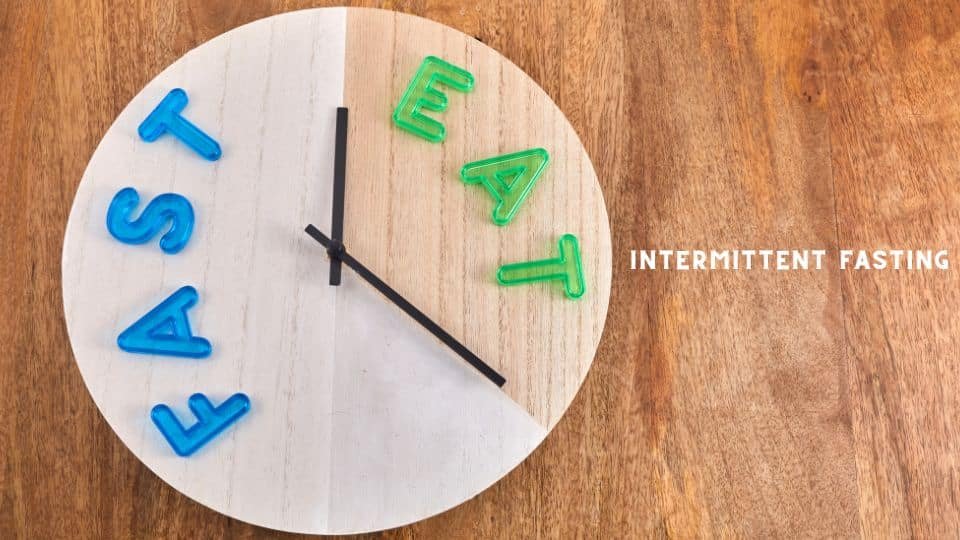Welcome! Today, we unravel fitness myths and bring you the latest research on achieving your weight and fat loss goals. Today, we have an intriguing topic for you – the myth of the fat-burning zone! Are our workouts truly optimized for maximum fat-burning? Let’s find out!
You’ve probably seen it on the displays of exercise machines – that enticing “fat-burning zone” option. It suggests that exercising within a specific heart rate range will supercharge your fat loss. However, recent groundbreaking research from the Icahn School of Medicine at Mount Sinai Physiolab has shattered this conventional wisdom.
The researchers at Mount Sinai Physiolab conducted a comprehensive study to investigate the effectiveness of the fat-burning zone. What they discovered discovered is truly fascinating – the heart rate at which our bodies reach their highest fat-burning rate, known as FATmax, varies significantly from person to person.
Hannah Kittrell, the lead author of the study and Director of the Mount Sinai Physiolab, explains that commercial exercise machines offering the fat-burning zone option might not be as accurate as we thought. These predefined recommendations could potentially lead individuals to exercise at intensities that don’t align with their personal weight loss objectives.
You can also view this article: Body Fat Percentage: The Definitive Indicator of Obesity, Not Weight!
To validate their findings, the researchers compared heart rates at FATmax, measured during clinical exercise tests, with predicted heart rates within the recommended fat-burning zone. Shockingly, they found a significant difference of 23 beats per minute in a sample of 26 individuals.
Dr. Girish Nadkarni, the senior author, emphasizes the potential of personalized exercise prescriptions based on clinical exercise testing. Imagine a future where exercise routines are tailored to your unique physiology, leading not only to enhanced fat loss but also improved metabolic health markers associated with conditions like type 2 diabetes, obesity, and heart disease.
So, what are the key takeaways from this groundbreaking research? It challenges us to reconsider the one-size-fits-all approach to exercise intensity and encourages us to embrace personalized exercise prescriptions based on clinical exercise testing and data-driven approaches.
By understanding your body’s unique response to exercise, you have the power to unlock more efficient and effective strategies for achieving your weight and fat loss goals, while also improving your overall health.
Remember, the path to optimal health and fitness is not a single road but a personalized journey. So, the next time you step onto an exercise machine with a predefined fat-burning zone, question its validity and consider exploring a customized approach based on your clinical exercise testing results.
Glossary:
- Fat-Burning Zone: A concept often displayed on exercise machines suggesting that exercising within a specific heart rate range will optimize fat loss.
- Icahn School of Medicine at Mount Sinai: A research institution mentioned in the article that conducted a comprehensive study on the fat-burning zone.
- FATmax: The heart rate at which the body reaches its highest fat-burning rate, which varies significantly among individuals.
- Clinical Exercise Tests: Tests conducted to measure heart rates at FATmax, providing data on individual fat-burning rates.
- Personalized Exercise Prescriptions: Exercise routines tailored to an individual’s unique physiology, based on clinical exercise testing and data-driven approaches.
- Metabolic Health Markers: Indicators of metabolic health, such as those associated with conditions like type 2 diabetes, obesity, and heart disease.
- One-Size-Fits-All Approach: The traditional approach to exercise intensity, which assumes that a specific heart rate range is suitable for everyone.
- Data-Driven Approaches: Utilizing data, such as clinical exercise testing results, to customize individual exercise routines.
- Optimal Health and Fitness: The goal of achieving the best possible state of health and physical fitness.
- Personalized Journey: The idea that achieving optimal health and fitness is a unique and individualized process.
Journal Reference:
Hannah D. Kittrell, Fred J. DiMenna, Avigdor D. Arad, Wonsuk Oh, Ira Hofer, Ryan W. Walker, Ruth J.F. Loos, Jeanine B. Albu, Girish N. Nadkarni. Discrepancy between predicted and measured exercise intensity for eliciting the maximal rate of lipid oxidation. Nutrition, Metabolism and Cardiovascular Diseases, 2023, ; DOI: https://doi.org/10.1016/j.numecd.2023.07.014



 By
By










